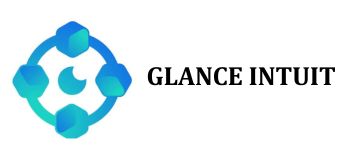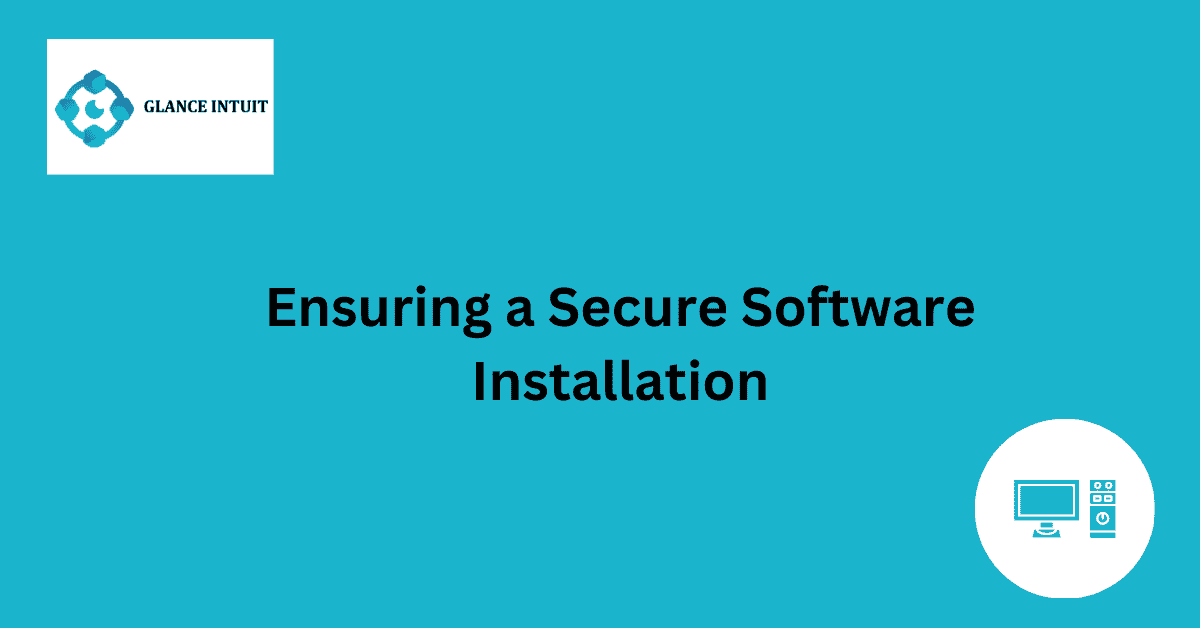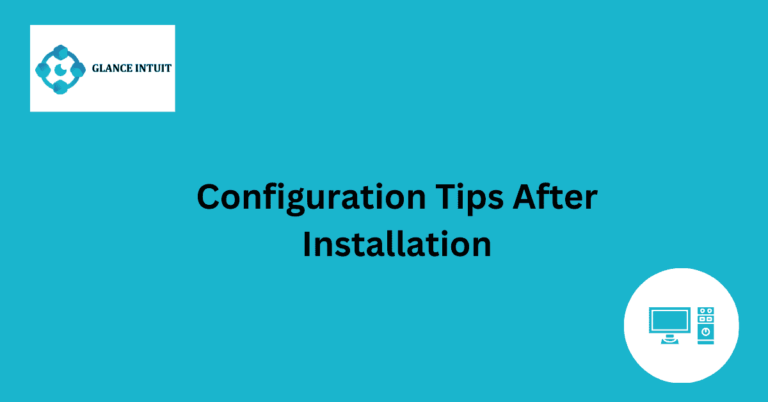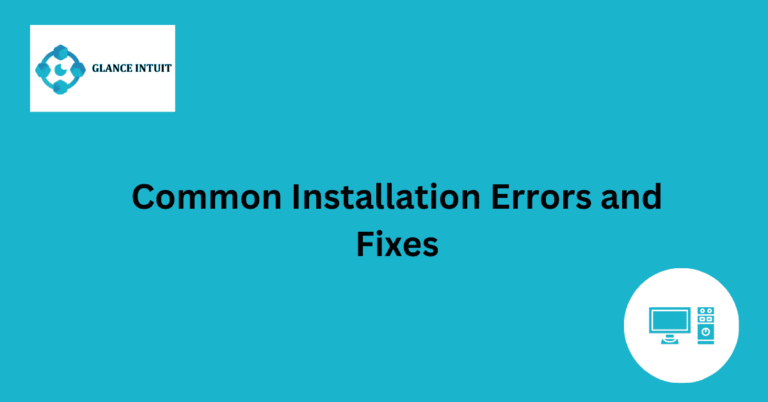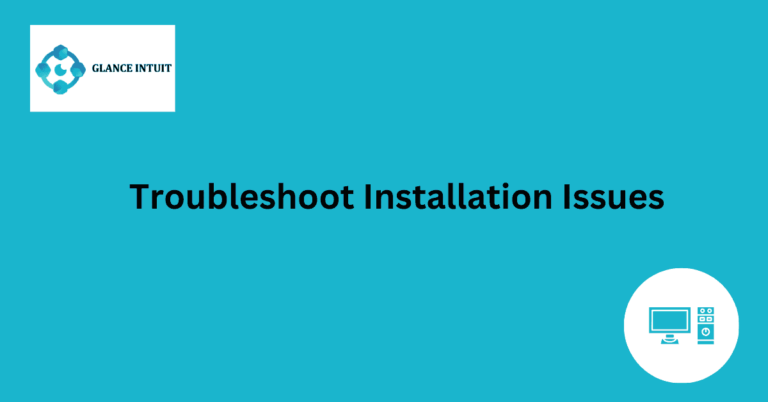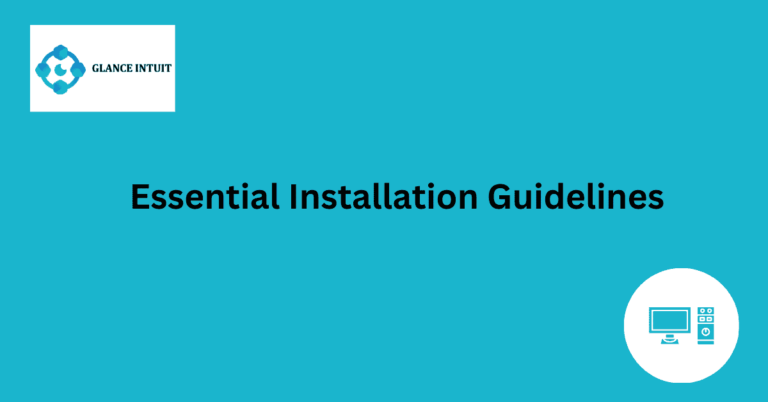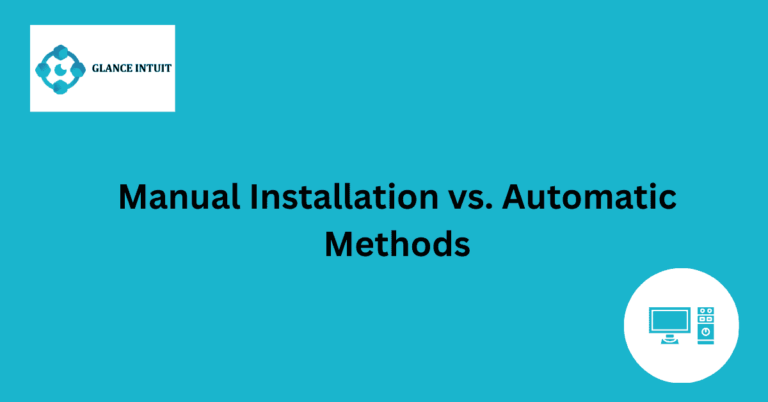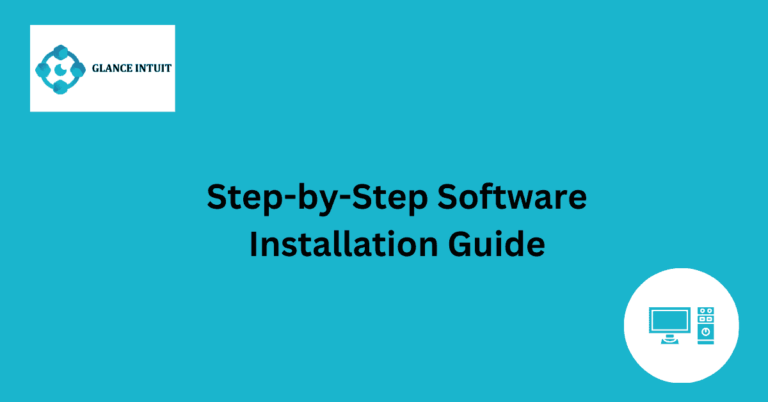Ensuring a Secure Software Installation
Ensuring a secure software installation is crucial in today’s digital landscape. By implementing robust security measures during the installation process, you can protect your system from potential threats and vulnerabilities. It is essential to follow best practices and guidelines to ensure that the software is securely installed without compromising the integrity of your system.
Security should be a top priority when installing any software to safeguard your data and privacy. By taking proactive steps to secure the installation process, you can minimize the risk of unauthorized access and potential security breaches. Stay informed about the latest security trends and updates to ensure a safe and secure software installation experience.
Why Secure Software Installation is Crucial
Ensuring secure software installation is crucial for protecting sensitive data and preventing cyber threats. By following best practices and implementing robust security measures, individuals and organizations can minimize risks and maintain a safe digital environment.
Importance of Robust Security Measures
Robust security measures, such as encryption, authentication, and access control, are essential for safeguarding software installations. These measures help prevent unauthorized access, data breaches, and other security vulnerabilities that can compromise system integrity.
Following Best Practices for Secure Installation
Adhering to best practices for secure installation involves verifying software integrity, using trusted sources, and regularly updating security patches. By following industry standards and guidelines, users can reduce the likelihood of malware infections and other security risks.
Minimizing Risk of Unauthorized Access
Minimizing the risk of unauthorized access requires implementing multi-factor authentication, strong passwords, and secure network configurations. By limiting access to authorized users only, organizations can prevent unauthorized individuals from compromising software installations.
Staying Informed on Latest Security Trends
Staying informed on the latest security trends and vulnerabilities is essential for maintaining a proactive approach to software installation security. By monitoring industry updates and security alerts, users can stay ahead of emerging threats and implement necessary security measures.
Protecting Data and Privacy During Installation
Protecting data and privacy during installation involves securing sensitive information, such as personal details and financial data. By encrypting data transmissions and implementing data protection protocols, users can safeguard their privacy and prevent data breaches.
Ensuring Safe and Secure Software Installation Experience
Ensuring a safe and secure software installation experience requires conducting risk assessments, testing security controls, and validating software integrity. By prioritizing security throughout the installation process, users can minimize vulnerabilities and enhance overall system security.
Proactive Steps for Securing Installation Process
Proactive steps for securing the installation process include conducting security audits, implementing secure configurations, and monitoring system activities. By taking proactive measures to identify and address security gaps, users can enhance the overall security posture of their software installations.
Frequently Asked Questions
Our Frequently Asked Questions section aims to address common queries and provide detailed explanations to enhance your understanding.
What is the importance of a secure software installation?
A secure software installation is crucial to protect your system from potential threats such as malware, viruses, and cyber attacks. By ensuring a secure installation, you can safeguard your data and maintain the integrity of your system.
How can I ensure a secure software installation?
To ensure a secure software installation, it is important to download software from trusted sources, verify the authenticity of the software, and regularly update your programs to patch any security vulnerabilities. Additionally, using antivirus software and firewalls can further enhance the security of your system.
What are the common risks associated with insecure software installations?
Common risks associated with insecure software installations include data breaches, identity theft, system crashes, and unauthorized access to sensitive information. Insecure installations can leave your system vulnerable to exploitation by malicious actors.
What are the best practices for securely installing software?
Best practices for securely installing software include reading user reviews, checking for digital signatures, scanning files for malware before installation, and avoiding downloading software from unknown or untrustworthy sources. It is also recommended to keep your operating system and software up to date to address any security flaws.
How can I protect my system from potentially harmful software?
To protect your system from potentially harmful software, it is important to exercise caution when downloading files, avoid clicking on suspicious links or attachments, and regularly scan your system for malware. Implementing strong password policies and using multi-factor authentication can also help enhance your system’s security.
What should I do if I suspect a security breach related to software installation?
If you suspect a security breach related to software installation, it is important to immediately disconnect your system from the internet, run antivirus scans to detect and remove any malicious software, and report the incident to your IT department or a cybersecurity professional for further investigation. Taking prompt action can help mitigate the impact of a security breach on your system.
